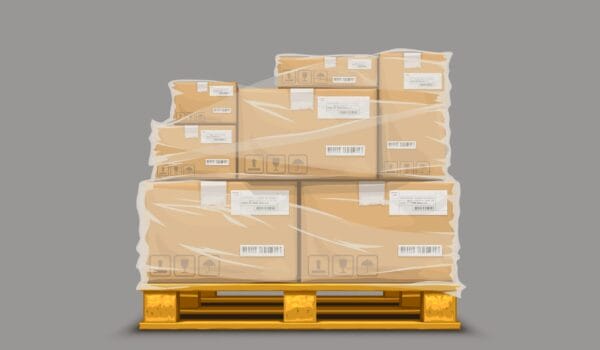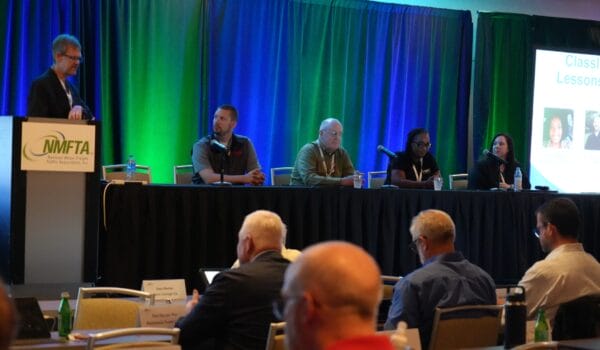The National Motor Freight Traffic Association, Inc. just released eBOL 2.1, the latest update to the Digital LTL Council‘s electronic bill of lading (eBOL) standard. This update is all about making the LTL shipping process smoother, as requested by professionals in the industry. This is part of the Council’s bigger plan to completely digitize LTL shipping in the next few years.
While the changes are relatively minor, and completely compatible with the existing versions most of the industry has already downloaded and implemented, they nevertheless address critical issues shared with us by users.
Those issues include:
- New HTTP methods that add the ability to update or delete eBOL data using the relevant PRO number as the key identifier.
- New, more granular limited-access types to support the ones carriers normally use, making it easier for them to deal with issues such as a specific charge identified in their tariff.
- Adding nine-digit postal codes as a valid format.
- Adding the optional attribute “Weight Unit” to several objects that were missing them.
- Updating the example value for the hazardous goods identifier known as the UNNA Number to make it more realistic, such as “AB123.”
- Adding the optional attribute “trailerid” to referenceNumbers in the request. This indicates the shipment is associated with a specific, spotted trailer.
- Adding the optional attribute “manifestid” to referenceNumbers in the request. This indicates the shipment is associated with a manifest that includes multiple shipments, possibly across multiple spotted trailers.
- Adding the ability for carriers to return their terms and conditions in eBOL responses, which can be done by returning a URL link to their website, or by returning text within the API response body.
- Adding a new “scac” attribute that can be used to return a four-digit Standard Carrier Alpha Code™ (SCAC®) –adding a carrier identifier in the response, which will help some API-consuming systems to associate a carrier with the data received.
- Updating descriptions for “images.bol” and “images.shippingLabels” to require carriers to include and check digits in any PRO Number or bar code image returned in the response when applicable. This helps to clarify the expectations of carriers when returning bar codes in BOL or shipping label images.
- Adding a new “resultsStatusCodes” attribute on the response used to return a standardized numerical code that describes any logical outcome–thus adding consistent, standardized API transaction result codes both to the eBOL and future API specifications the Digital LTL Council may create.
- Adding a Frequently Asked Questions section.
Also planned are documentation updates and the implementation of Swagger AI.
The updates will smooth out issues users were having during the early implementation of the eBOL API, without disrupting anyone’s usage or requiring a brand-new version to replace the old.
The Digital LTL Council is always listening to the industry, which is why we are taking these steps to make the digitization of LTL trucking more powerful and smoother in its implementation.






